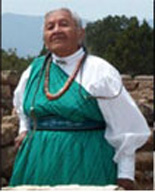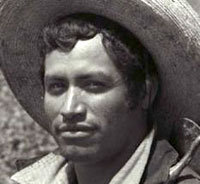National Air and Space Museum

According to its website, the National Air and Space Museum "maintains the largest collection of historic air and spacecraft in the world. It is also a vital center for research into the history, science, and technology of aviation and space flight, as well as planetary science and terrestrial geology and geophysics."
First and foremost, be sure to take a look at the museum's classroom resources. These include teaching resources, such as posters and teaching guides complete with classroom activities, timelines, and more; online activities on geography from outer space, the Wright brothers, African American aviators, and the history of commercial aviation; electronic field trips; distance learning opportunities; and professional development workshops.
Other web resources include online collections and 10 online exhibits on topics from the history of air travel to the U.S.-Soviet space race.
You can also check out the museum's blog if you're interested in the museum's behind-the-scenes stories.
Of course, if you're in the DC area, pay the museum and/or its library a visit. There are two museum locations so be sure to check which houses the artifacts which you want to introduce to your students. There are a wide variety of onsite student activities available—from guided tours to demonstrations. If you're personally interested in aeronautic history, consider attending one of their lectures.




